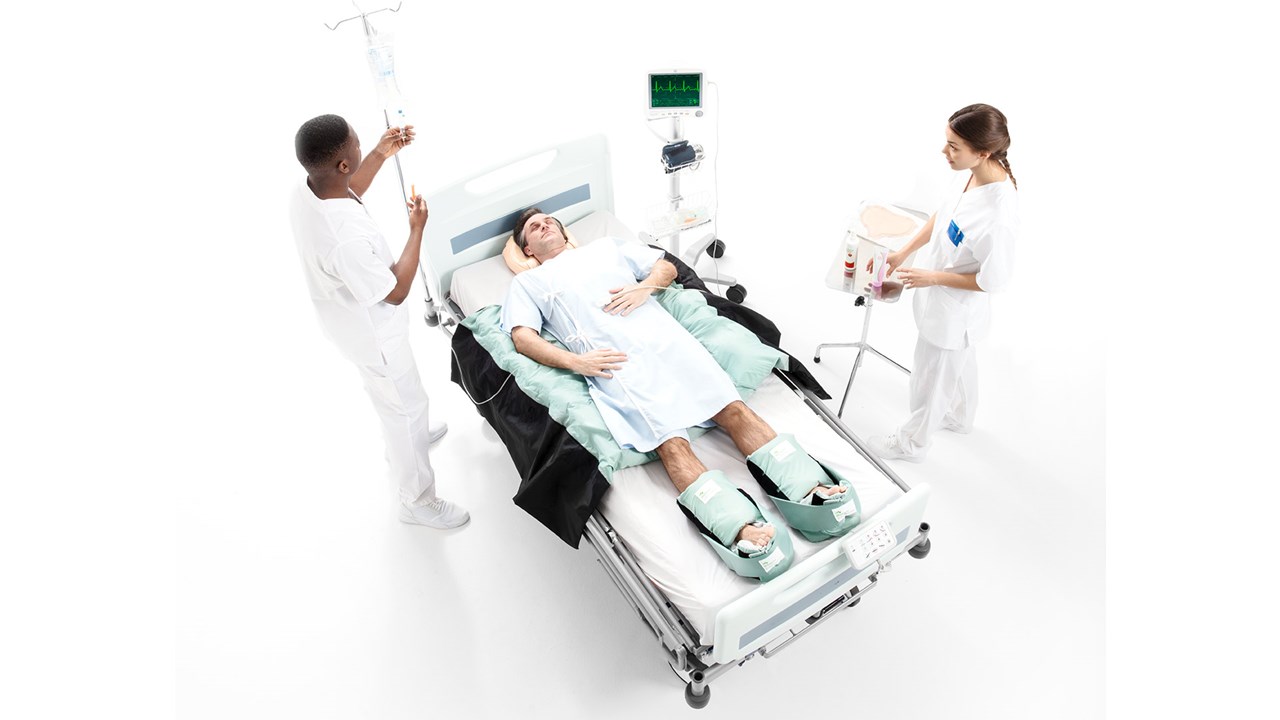Leading the way in prevention
Despite the existence of prevention protocols, pressure ulcers are still one of the most common hospital-acquired conditions

Hospital-acquired pressure ulcers
Pressure ulcer prevalence ranges between 7.3% and 23% in hospitals throughout Europe and North America
The causes of pressure ulcers
Pressure ulcers are caused by a complex interplay of factors – with pressure on a patient’s skin and subcutaneous tissues playing a major role. Extrinsic factors such as shear and friction, and increased skin temperature and humidity may also be involved
The burden of pressure ulcers
Pressure ulcers cause needless suffering, discomfort and pain for patients. And they lead to longer hospital stays, and increased demand on staff time and resources
Prophylactic dressings
Prophylactic dressings worn on high-risk areas are a key aspect of prevention protocols. An international clinical practice guideline
The results of several studies, including randomised controlled trials, show that these dressings are effective in preventing sacrum and heel pressure ulcers
Turning and positioning systems
Patient repositioning is an important aspect of prevention protocols
- turning and positioning systems that make it easy for hospital staff to move their patients, reduce the physical effort required and reduce the risk of staff injuries
- fluidised positioners that are easily moulded to any shape and will hold the patient in the required position until the next scheduled repositioning
- heel boots designed specifically for positioning the high-risk heel area
Skin care products
Skin care products play an important role in preventing pressure ulcers, e.g.:
- Skin cleansers to keep the skin clean
- Barrier® products to protect the skin from exposure to excessive moisture and chemical irritants in urine and faeces
- Moisturisers to hydrate dry skin
Mölnlycke related products
'References'







